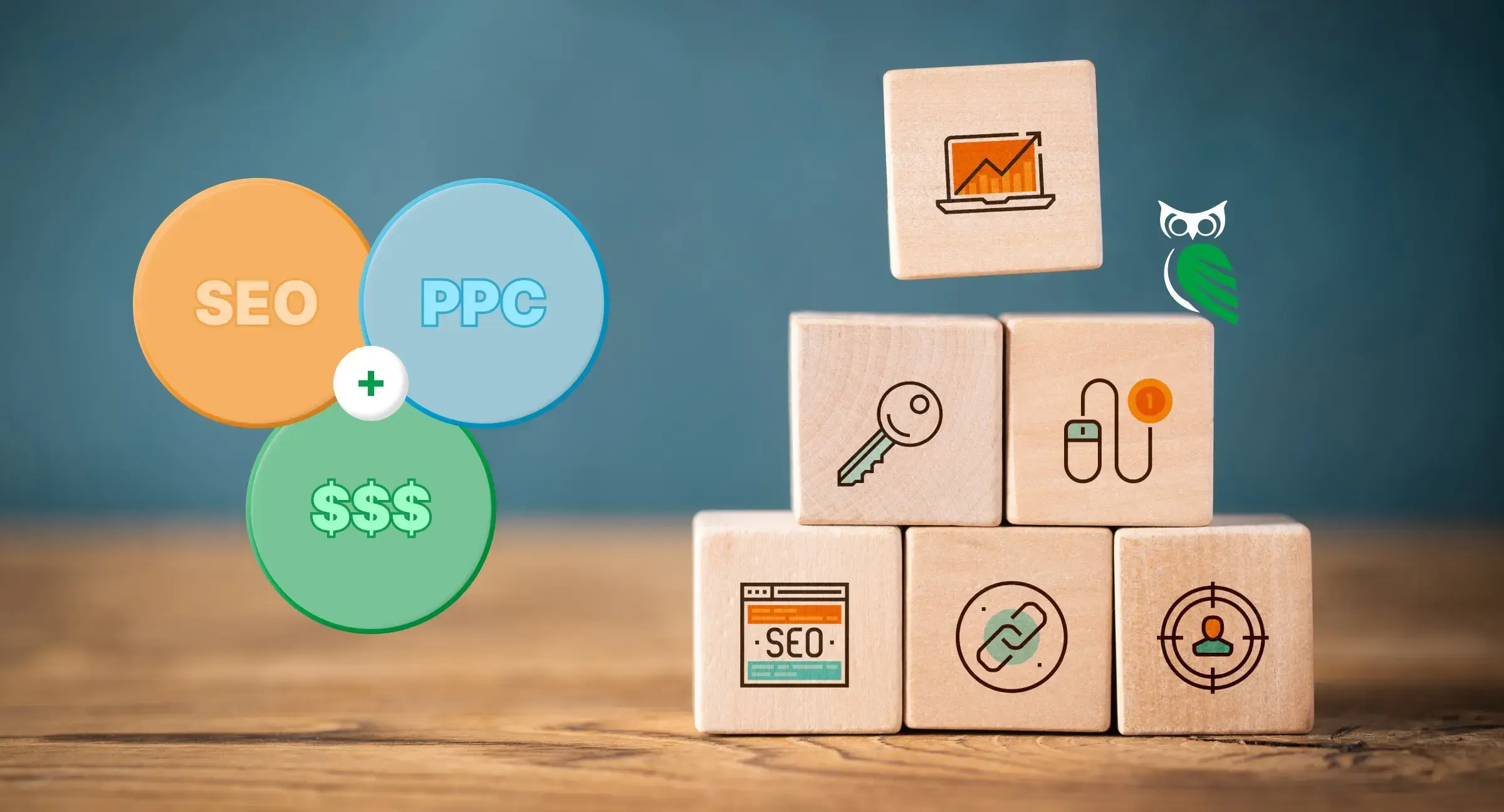It's Time to Get WISE.
Patrick Dillon
CEO
Matthew Hinkle
Director of Accounts
Apply Today
Please fill out the information below. Someone on our team will reach out in 3-5 business days to schedule a call if we see a good fit.
Book Patrick Dillon
Thanks for your interest in booking WISE CEO Patrick Dillon on your podcast! Please complete the form below, and a team member will contact you shortly.

Remove Negative Reviews.

Referrals are great, but there's a problem with thinking you’re in a referral business. If you’re a business owner or salesperson, here are some good questions to think about:
- If you look at your average customer today, is that the customer you want more of?
- Or can you think of bigger, more profitable, or more suitable customers to grow your business?
- When you get referred to a client, is it typically from another similar client?
See where I’m going? If you run a good business, over time your current clients will help you grow through referrals. However, it would likely attract customers just like them. It’s very hard to change that, and so shifting to bigger and more profitable clients generally takes a lot of time, energy, and often, skilled salespeople. The result? Most business owners fall back on referrals and stay in the same client pattern. For some, this is fine. But for many businesses, a more profitable range of clients is out there and they’re missing out.
It’s also fair to say that getting referrals should be automatic for well-run businesses. Something that’s automatic shouldn’t really be part of a strategic plan for growth. So why is it that when you ask many business owners where they get new business from, they almost always start with referrals? Let’s explore some referral benefits, myths, and disadvantages of referral marketing.

Top Benefits of Referral Marketing
- Referrals have the lowest cost per lead. The cost of a referral is zero for most businesses, so your lead cost is lower or lowest with referrals.
- Referrals typically have a higher conversion rate. These leads convert to clients easier than prospects that come in through alternative lead sources like advertising. Generally speaking, you don’t need to overly sell yourself or justify your pricing to referrals like you do to cold prospects.
Now that we’ve looked at some referral marketing benefits, let’s bust some myths.
Myths About Referral Marketing
- “Referrals and referral programs have the highest ROI of any marketing program.” While this can occasionally be true, we’ve seen other efforts return considerably more new business and much more profitable clients for our partners.
- “Referrals generate consistent new business.” The number and frequency of referrals is not controllable, and generally not predictable. Quite often, businesses that rely heavily on referrals as their primary source of new business see large and difficult to manage ebbs and flows in monthly revenue.
- “Referrals are the best leads.” Those of us in sales remember the lead we would never have spent time with if the prospect wasn’t referred to us. Not all referrals are great prospects. You generally need to spend more time with a referral, whereas you would not spend as much time if they came through another source.
What’s the biggest issue I’ve seen over the years with referrals? When businesses rely on them as the primary driver to grow their client or customer base, they end up feeling like they’re not in control of their business.
And it’s true, they are not.
Out Of Control Struggle GIF from Outofcontrol GIFs
The Disadvantages of Referral Marketing
There are three main problems with referral marketing:
- You cannot control what types of customers you take in
- You cannot control your growth
- You can have a hard time increasing your prices
Think about it: Business owners that have similar operations, either in size or in industry, spend time together. As a result, the type of clients they refer to each other are often the same. Have you ever considered that A) your current clients might not be the right ones; B) there might be better client fit elsewhere; or C) perhaps you should diversify your client base? If you said “yes” to any of those but feel stuck on how to start, buckle up and get ready to put the following business growth tips into practice.
7 Ways to Grow Your Business in Better and More Predictable Ways Beyond Referrals
- A Website & SEO Strategy. Be sure to include a clear message about your business and the types of clients you have the most success with.
- Cold Calling. Yes, it still works very well! Cold calling has consistently generated a quarter or more of our revenue over the years.
- Channel Partners. Are you a personal injury lawyer? Team up with a top local chiropractor or orthopaedic and share referrals. Every business and industry has channel partner opportunities.
- PPC Search Ads. There are thousands of people looking online right now for the products and services you offer. Are you reaching them effectively & profitably?
- Social Media & Paid Social Ads. Take advantage of all the data social media offers to target your ideal customer and client personas.
- Networking. From leadsharing breakfast groups (e.g., BNI, LeTip) to nightly networking events, networking has consistently brought in 15-20% of our new business.
- Conferences. Especially ones where you can target specific industries and verticals for clients that fit well with your business.
At this point you might be thinking: But Patrick, should I just let go of referrals then? Of course not. Don’t ignore free leads! There’s still a lot of great things about referrals. The thing to remember is that they should be an automatic part of your business growing and not the only basket you put your eggs in. Let’s just make sure you’re getting the most out of them.

5 Keys to Maximize Referrals
- Ask early! You should ask for referrals when your client is most excited about your company or offering. Typically this is right after the sale, but you and your staff should always be looking for times in the relationship where the client’s enthusiasm is high—maybe right after a project is complete, a good result takes place, or a major goal is reached.
- Ask always and often. Clients are busy just like you, and so try reminding your partners for referrals in different and unique ways.
- Be specific. Give clients specific prospects you want introductions to, and define the characteristics of your best clients.
- Provide referral templates. I provide a written and oral referral template or script to all my best clients. This makes it easy to bring you up and introduce your services.
- Follow-up with clients. Especially those that referred you to their friends and colleagues with positive results that you produced for those referrals. Everyone has a small fear that a referral won’t work out and they don’t want to see a referral screw up their relationship. Calm those fears by sharing how well things worked out.
Referrals are great, but they shouldn’t be the end-all and be-all when building your dream client base. By trying out the tips above, you might just be surprised at how diverse your business can get.
Need more tips on how to grow leads for your business? Book a call with me here for a brief chat.
-Patrick
Share
Subscribe to WISE Insights
Stay ahead of the digital marketing curve and never miss a lucrative trend or insightful tidbit – subscribe to our WISE blog!
Keep Reading
Build. Grow. Soar.
Get WISE about digital marketing with advanced services, industry experts, and cutting-edge tools designed for long-term, sustainable growth.








